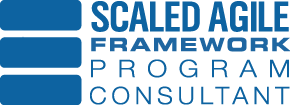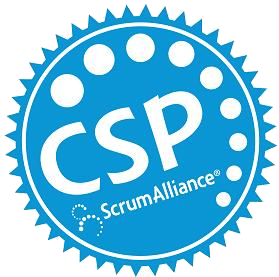Value Streams
First we need to take a step back understand the business you’re program, portfolio, or enterprise is in.
Your business can be described as a set of business outcomes we call value streams.
We describe value streams as programs that are in place to achieve or extend a business outcome.
Each value stream may have several application areas that support the delivery of end user value. Important: shed any application specific references from this discussion. Being business driven means just that. Focusing on the business objectives and the set of outcomes necessary to achieve those objectives. Therefore, programs are stood up to drive business outcomes through a given value stream to achieve a business objective.
SMART Objective
Business programs should have a clear, dare I say, SMART objective that business outcomes align to. – Increase leads by 20%. Reduce production cycle time by 50%. Without this, a business program will be spitting in the wind when determining the set of necessary business outcomes…if they do at all. Ultimately its, these business outcomes that define releasable chunks of value often referred to as MMF’s, MVP’s, …etc that make up your business program backlog.
Agile Business Planning
A note of caution, we’re not suggesting a big, upfront, business planning session and then pouring cement on those business outcomes that align to a strategic business objective. Achieving value through productive development is a highly uncertain process and requires adaptive business discovery and delivery practices. So its a given that we expect business needs to change as the market evolves. However, once we understand a program’s business objective and outcomes can put the set of adaptive business practices in place needed to drive value through our IT service providers based on business needs.
In subsequent posts we’ll dive into discovering and prioritizing business value. Stay tuned!



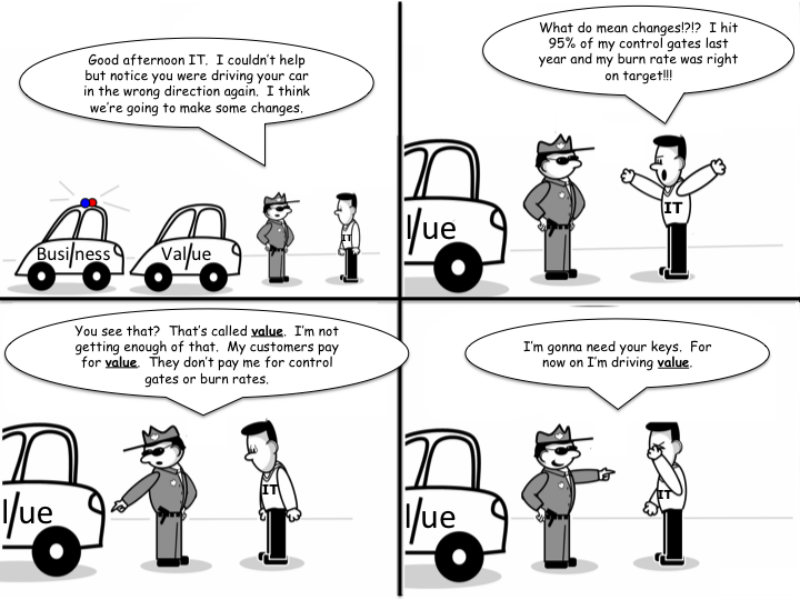
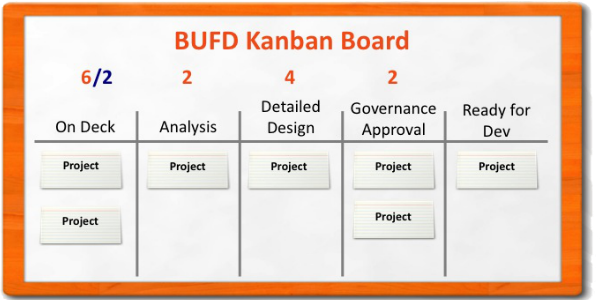

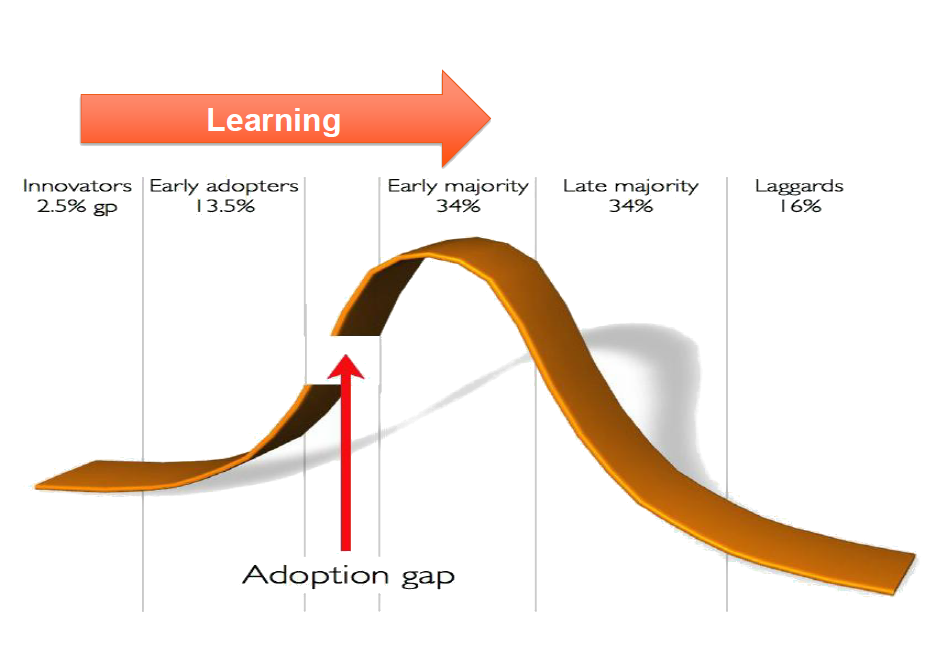 Learning is not a new concept, especially when we talk about feedback loops in SDLC’s. However, the difference here is the measured approach to learning. We should not just ask what should be built, but why it should be built. Therefore, we should wrap measurements by which value returned can be measured and validated. It is this process of being intentional about quantifying results based on predetermined measures that helps accelerate learning. Documenting measures that align to our assumptions, force us to gain a deeper understanding of why our customers want what they want.
Learning is not a new concept, especially when we talk about feedback loops in SDLC’s. However, the difference here is the measured approach to learning. We should not just ask what should be built, but why it should be built. Therefore, we should wrap measurements by which value returned can be measured and validated. It is this process of being intentional about quantifying results based on predetermined measures that helps accelerate learning. Documenting measures that align to our assumptions, force us to gain a deeper understanding of why our customers want what they want. Simply put, I think its a case where the wrong people are in the driver’s seat. Often, we see IT driving product development instead of the Business. The larger the IT organization or project, the more “steering wheel time” IT seems to have. So what happens when you put a bunch of engineers in charge of product development? You get BUFD. That’s just how engineers think. I know…I am one!
Simply put, I think its a case where the wrong people are in the driver’s seat. Often, we see IT driving product development instead of the Business. The larger the IT organization or project, the more “steering wheel time” IT seems to have. So what happens when you put a bunch of engineers in charge of product development? You get BUFD. That’s just how engineers think. I know…I am one!
